I was having a conversation with one of my “not able to stick with exercise” friends a little while back and during dinner she asked me, “How do you do it? How do you stick with it?” She, of course, was questioning my ability to make time to work out while simultaneously referencing her long-term inability to stick with any exercise program for more than a month or two before inevitably “falling off the wagon.”
Reframing Exercise as an Investment
My secret weapon, I told her, is the way I frame working out. “I look after myself so that, hopefully, no one else ever has to.” Then I got a bit Mama Browning on her. “You know how you say things like, ‘I don’t have enough hours in the day,’ or ‘It’s expensive to have all the equipment,’ and so on? I never frame working out like that – ever. To me, exercise is always an investment – never a cost!”
We have likely all heard a variation of the quote, “If you don’t make time for your wellness, you will be forced to make time for your illness.” Another personal favorite is, “No time for your health today; no health for your time tomorrow.” Both quotes suggest what we know to be true: while it does take time to exercise, that investment of time is getting banked and earning interest for our health tomorrow, with the goal of being able to increase our healthspan… not just our lifespan. Healthspan is usually defined as the period of our life in which we are healthy, independent, mobile, and free from dis-ease in our body.
Let’s Not Just Live Long…Let’s Prosper
A recent article in USA Today was titled bluntly: Want to live independently into old age? An aging America needs to make some changes, experts say. The opening sentence reads, “In our eternal quest for long and healthy lives, new data shows America’s getting the ‘long’ part right – average life expectancy is expected to climb to 85.6 years by 2060 – but as the number of elderly Americans increases, the number of disabled Americans has grown with it.” The article pointed out that according to the CDC, currently 40% of the US adult population above 65 has a disability, one that affects mobility, cognition, or independent living. The CDC also states that 6 in 10 Americans have one chronic disease and 4 in 10 have two or more chronic diseases.
Personally, as I told my “not able to stick with exercise” friend, my worst nightmare would be living a long, disabled life, primarily because I would never want my two beautiful daughters to have to look after me in the prime of their lives…a trend that has become increasingly prevalent over the last decades. Many of us are referred to as the sandwich generation. We’re adults who have a living parent aged 65 or older and are simultaneously either raising a child or supporting a grown child, meaning we’re being pulled in many directions by multiple generations.
If we’re planning to live long and healthy lives, the investment in our health is not just for ourselves, but for our loved ones. We exercise to prevent the burden that being sick places on those around us.
And what about the excuse that exercise is costly? I suppose it can be if you are stockpiling equipment in your basement or paying for an exclusive club membership…and it’s all collecting dust. But broadly speaking, we invest in the right exercise equipment, and we invest in a club membership or a streaming service like MOSSA On Demand. The relatively small price pales in comparison to the cost of sickness.
The Cost of Not Exercising
Lack of physical activity comes with high health and financial costs – in fact, it costs the nation $117 billion annually for related health care. While it is difficult to find data on the cost to individuals for chronic disease, to give you an idea, according to the Agency for Healthcare Research and Quality, heart attack patients paid $21,500 per hospital stay at an average length of 5.3 days in the hospital. Even with health insurance, Kaiser Health News reported incidents of some patients paying upwards of $100,000 when surgery is involved.
By the time we add up the cost of sickness, like out-of-pocket costs, loss of productivity, and missed opportunities, health becomes priceless.
Bottom line: we all must start framing exercise differently. It’s not punishment for eating too many gummy bears or French fries; it is a reward for being born with this incredibly capable body that yearns to be looked after and cared for. We don’t have to exercise…we get to exercise. It’s only when we lose the privilege of moving our bodies through injury or sickness, that we appreciate the gift of movement. It’s not that we don’t have time to exercise; it’s that we are not prioritizing the time to exercise. According to statista.com the average person’s daily social media usage of internet users worldwide amounted to 147 minutes per day, and it goes up steadily each year. Clearly, we can find the time if we look hard enough. It’s not that we don’t like exercise; it’s that we don’t like the exercise types we have tried thus far. Keep looking. Exercise does not have to be painful or joyless. In fact, MOSSA prides itself on creating exercise experiences that people can stick with and enjoy for the long term.
In the last decade, various articles have calculated the exercise “return on investment” based on research findings. For example, a middle-aged person who gets the recommended 150 minutes per week of moderate exercise can expect 7 minutes extra of life for every minute spent moving…a 7 to 1 return on investment. More intense exercise has double the effect, so a 14 to 1 return on investment. Now even if the math doesn’t pan out and our life is cut unexpectedly short, the adage remains true: exercise isn’t just about adding years to our life… it’s about adding life to our years!
A Literal Call to Action
Now, maybe I am preaching to the converted, but we all have a “not able to stick with exercise” friend. And probably an “I wish I could prioritize it” family member. And an “If only I had your (time, discipline, tenacity) …” coworker. Maybe send them this article and offer to help them. Programs like MOVE30 and any of our 10-minute formats are unintimidating, yet enjoyable ways to get started. You never know – it could be a conversation that reframes someone’s thoughts on movement and changes someone’s life for the longer and healthier.
…
MOSSA’s mission is to inspire people to move. We create and deliver innovative and inclusive workouts for health clubs and YMCAs worldwide and for the home user through MOSSA On Demand.
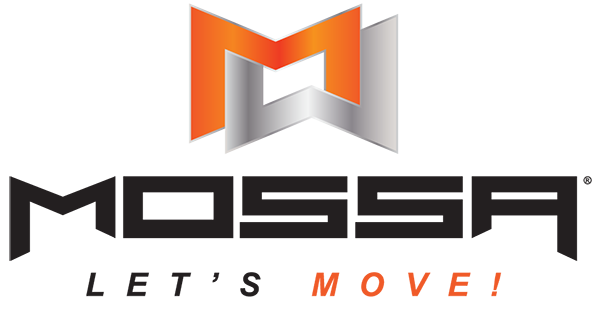
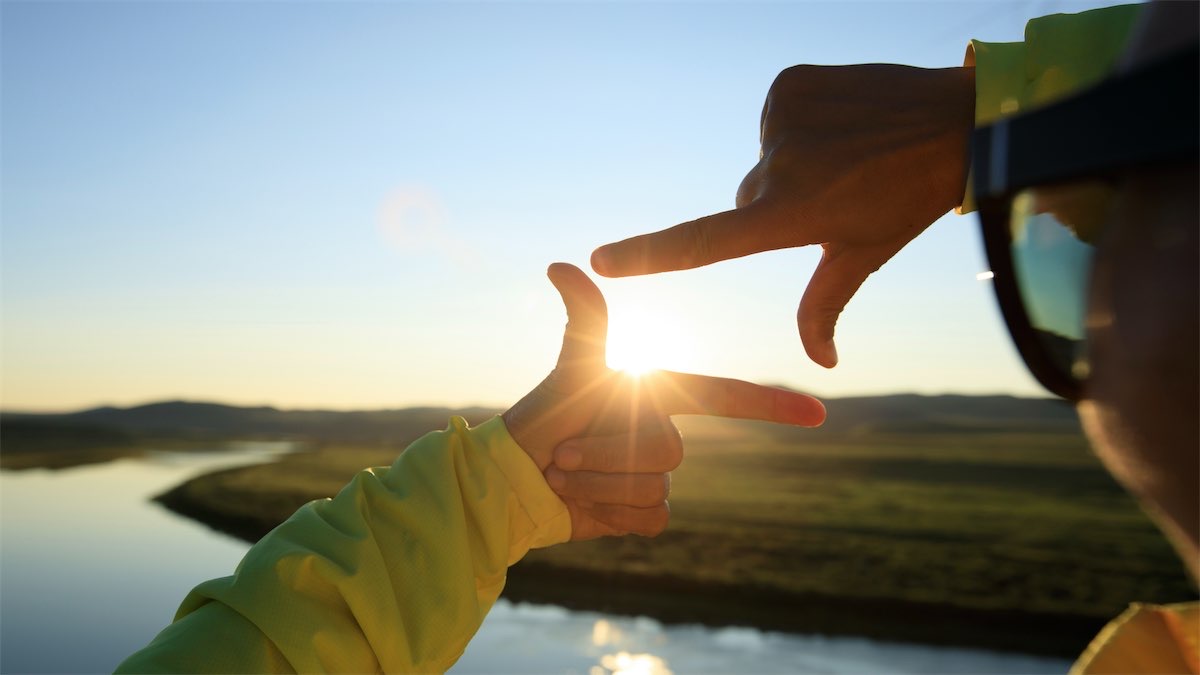
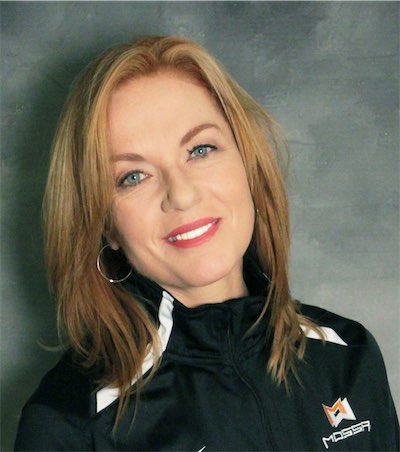
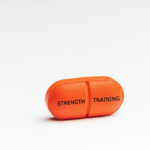 More than Muscles: Benefits of Strength Training
More than Muscles: Benefits of Strength Training New Member Onboarding: Over-Welcoming or Overwhelming?
New Member Onboarding: Over-Welcoming or Overwhelming?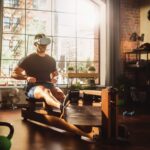 Team vs. Technology and the Future of Fitness
Team vs. Technology and the Future of Fitness Setting Goals for Group Fitness
Setting Goals for Group Fitness Does Exercise Have to be Boring and Bitter?
Does Exercise Have to be Boring and Bitter?